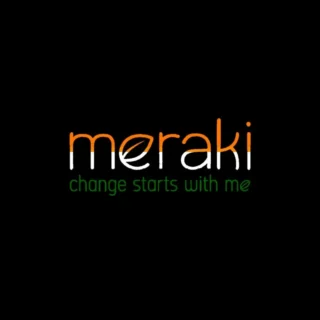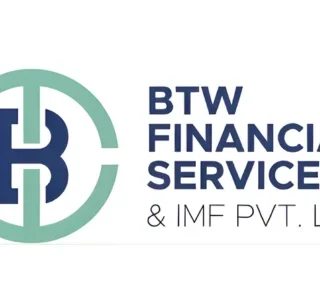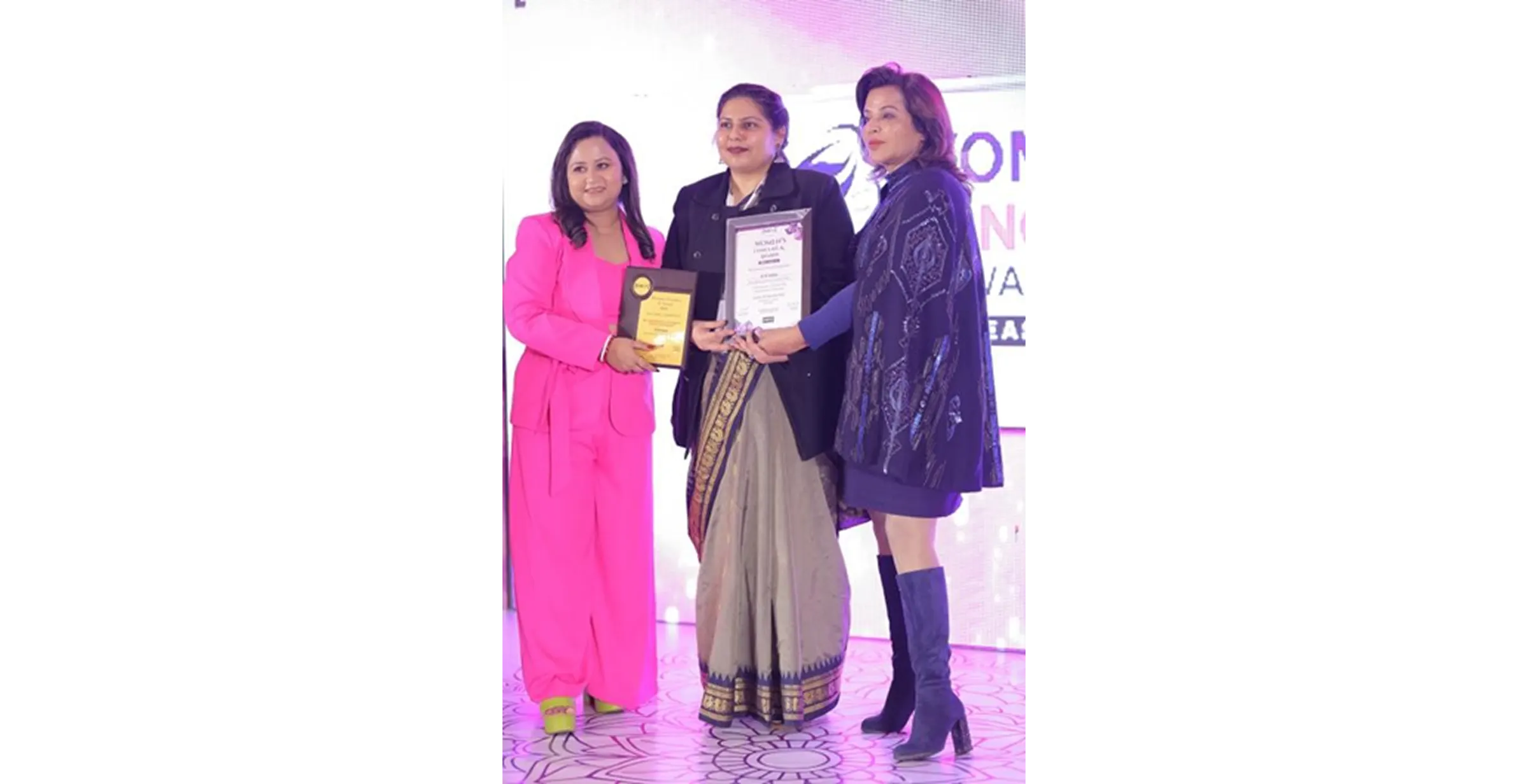
Amazing Workplaces: Rethinking Employer Branding 2025
Why Employer Branding Needs a Rethink: Insights from the Co-Founders of Amazing Workplaces® Certification
In conversation with Ekta Capoor and Shreyasi Raghav
As more organizations chase talent in an increasingly competitive market, “employer branding” has become one of the most overused, yet least understood, terms in the corporate vocabulary. Social media posts, polished campaigns, and culture showcases dominate timelines, but what do they truly say about the lived experiences of employees inside these companies?
We spoke with Ekta Capoor and Shreyasi Raghav, co-founders of Amazing Workplaces®, to explore why they believe the traditional narrative of employer branding is due for a major overhaul, and how their certification is helping create a new benchmark for what it means to be a truly people-first organization.
Q: Let’s begin with the core. Why did you feel the need to introduce a certification like Amazing Workplaces® in a space already filled with employer awards and accolades?
There was, and still is, a widespread misalignment between what organizations project and what employees experience. Employer branding was increasingly turning into a superficial activity, slick presentations, branded merchandise, and culture reels on Instagram. But when you dug deeper, many employees were disengaged, burnt out, or unclear about their organization’s direction. That contradiction couldn’t be ignored.
The idea behind Amazing Workplaces® Certification was to build a credible and transparent system, one that doesn’t rely on opinion or perception, but on real employee feedback, structured around tangible pillars that define a healthy workplace.
The goal was never to add another “feel-good” badge to the mix. It was to create a culture mirror, a certification that reflects both the strengths and gaps of an organization, without filters.
Q: So what exactly does the certification evaluate, and how does it differ from other recognitions in the market?
What sets it apart is the depth of its foundation. The certification isn’t built on a single metric or general sentiment. It’s grounded in a proprietary 9-pillar framework that covers critical areas of workplace culture, ranging from leadership, learning, engagement, and DEI, to CSR and compliance. Each organization is evaluated based on how its employees experience these dimensions.
The process is straightforward but meaningful. Employees are invited to take part in a survey designed on a 7-point Likert scale, this helps us understand not just “what” they feel, but the intensity of that feeling. The survey remains open for 15 days, ensuring focused participation. And most importantly, the responses remain confidential, allowing employees to share honestly.
Only organizations that receive an aggregate score of 70% or more earn the certification. And this score isn’t determined by us,it’s determined entirely by their people.
Shreyasi added, “It’s meant to be earned. Not gifted. And that’s what makes it credible.”
Q: What do you mean when you say employer branding needs a rethink?
The traditional lens of employer branding was largely external,it was about attraction. But branding without authenticity is short-lived. Today’s employees are more discerning. They can look past the messaging and evaluate organizations based on experience, intent, and integrity.
What we’re suggesting is a shift from storytelling to story-living. Employer branding must emerge from the inside. It must be anchored in employee sentiment, leadership behaviour, everyday culture practices, and organizational accountability. You cannot brand your way out of internal dysfunction. Eventually, the truth leaks out, in exit interviews, in Glassdoor reviews, or in quiet disengagement.
As Ekta noted, “A strong employer brand today is one that consistently delivers on the promises it makes to its people, whether it’s fairness, flexibility, growth, or psychological safety.”
Q: Does the certification always lead to a ‘pass’ or a badge of honour? What happens if a company doesn’t make the cut?
That’s where the value lies. This certification isn’t about perfect scores. In fact, some of the most impactful journeys begin with organizations who don’t qualify the first time.
For those who don’t meet the benchmark, we share a detailed feedback report highlighting their key strengths and red flags. These reports often serve as a turning point for organizations, sparking internal conversations, new policies, leadership interventions, and shifts in priorities.
We’ve had companies come back the following year after addressing the feedback, and not only do they earn the certification, but they also report stronger engagement and retention metrics.
Certification is the outcome, but the real win is in the self-awareness and the willingness to evolve.
Q: In your view, what truly makes a workplace “amazing” today?
It’s not one thing. It’s a combination of clarity, consistency, and care.
Employees today are looking for environments where their work has meaning, where they feel safe to express themselves, where leadership communicates transparently, and where performance doesn’t come at the cost of well-being.
It’s also about fairness, not just in compensation or promotions, but in opportunity, recognition, and inclusion. Amazing workplaces don’t just create policies,they build trust through behavioural consistency. Culture is what employees experience when nobody is watching.
Ekta added, “At the heart of it, amazing workplaces take responsibility for the experiences they create. They are led from the top and owned at every level.”
Q: Is the Amazing Workplaces® Certification just a tool for validation, or also a tool for change?
Both, and that’s intentional.
For those who earn it, it’s a trust signal. It communicates to talent, clients, and stakeholders that the organization is not just saying the right things, but doing them. For those who don’t, it becomes a roadmap, a real-time health check of workplace culture that allows them to intervene meaningfully.
We’ve seen companies integrate survey results into their annual HR planning, leadership reviews, and culture transformation programs. Some even use it to reframe their employer value proposition. That, to us, is the highest use of this work.
Shreyasi summed it up well: “The certification is a moment. But the movement is what matters more.”
Q: What lies ahead for Amazing Workplaces®?
The certification is only one piece of the puzzle. Our larger mission is to help organizations build, evolve, and amplify people-centric practices. We’re expanding our ecosystem, offering content, consultation, and platforms that showcase authentic stories of workplace transformation.
We’re also working to ensure that small and mid-sized organizations, who often lack structured HR resources, can access credible tools to grow their cultures responsibly. Because the future of work shouldn’t be defined only by the budgets of the Fortune 500. It should be shaped by intentionality, integrity, and inclusiveness, across the board.
Q: One final message to organizations reading this?
Measure what matters.
Before you celebrate your employer brand, ask your employees what it truly feels like to work at your organization. Create space for honest feedback. Be prepared to hear what’s uncomfortable. And then, take action. Culture is a continuous commitment, not a campaign.
Because at the end of the day, the most powerful employer brand isn’t the one that looks great from the outside. It’s the one that holds up from the inside.




